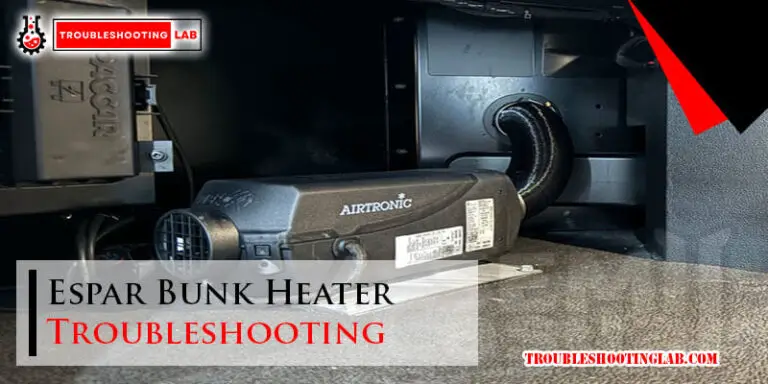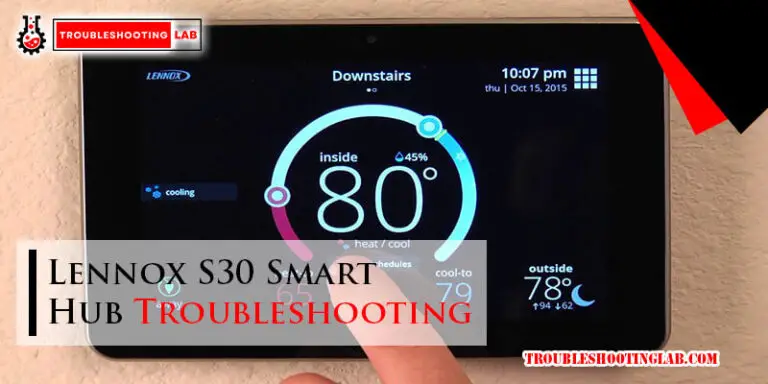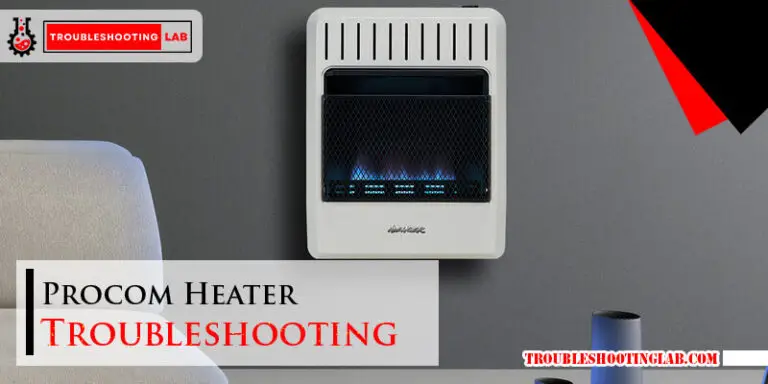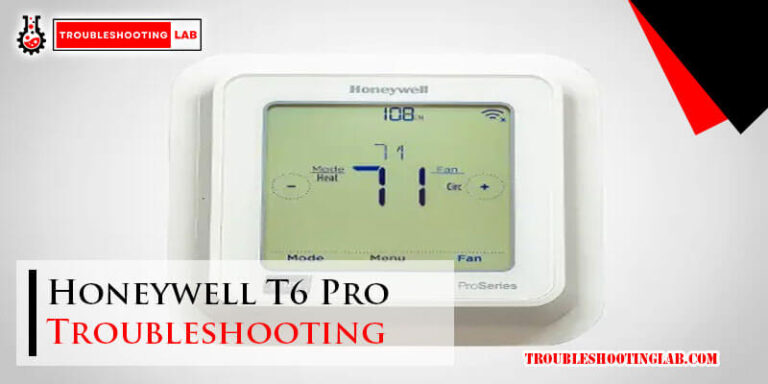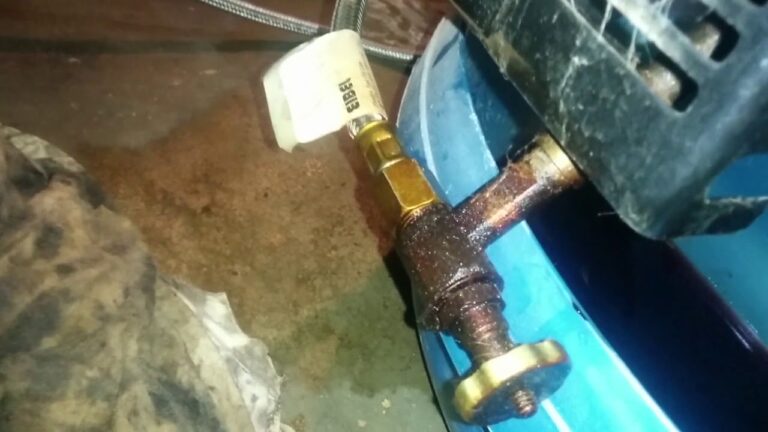Carrier Furnace Code 33 Troubleshooting: Quick Fixes and Tips
Furnace issues can be frustrating. Code 33 on a Carrier furnace indicates a specific problem.
Understanding this code and troubleshooting can save you time and money. Carrier furnaces are known for their reliability. But like all machines, they sometimes encounter issues. Code 33 is a common error. It usually points to a problem with the limit switch or airflow.
This code helps you identify the issue, but you still need to diagnose further. Knowing what to look for can help you fix the problem quickly. This guide will walk you through the steps to troubleshoot and resolve Carrier Furnace Code 33. Let’s get started!
Introduction To Carrier Furnace Code 33
Carrier Furnace Code 33 can be a bit daunting for homeowners. Yet, with some basic troubleshooting, you can often resolve the issue yourself. This blog post will help you understand what Code 33 is and its common causes. Let’s dive into the details.
What Is Code 33?
Carrier Furnace Code 33 is an error code. This code indicates a problem with the furnace’s limit switch. The limit switch is a crucial safety component. It prevents the furnace from overheating. When Code 33 appears, the furnace has detected an unsafe temperature.
Common Causes
Several factors can trigger Carrier Furnace Code 33. One common cause is restricted airflow. This can occur due to a dirty air filter. A clogged filter restricts air movement, leading to overheating.
Another common cause is a faulty limit switch. The limit switch may wear out over time. When this happens, it can give false readings, causing the furnace to shut down.
Blockages in the vent system can also cause Code 33. Debris or animal nests can obstruct the vents, leading to poor airflow. This obstruction causes the furnace to overheat and trigger the error code.
Lastly, an issue with the blower motor can cause Code 33. If the blower motor fails, it won’t move air through the furnace. This lack of airflow causes the furnace to overheat.

Credit: www.doityourself.com
Safety Precautions
Troubleshooting a Carrier Furnace Code 33 can be tricky. Safety precautions are essential. You must ensure safety before starting any repairs.
Turn Off Power
Always turn off the power to your furnace. This prevents electric shocks. Locate the power switch on the unit. Flip it to the “off” position. If unsure, turn off the breaker in your home’s electrical panel.
Use Protective Gear
Wear protective gear during troubleshooting. Safety goggles protect your eyes. Use gloves to shield your hands from sharp edges. Avoid loose clothing. It can get caught in moving parts.
Initial Checks
Experiencing a Carrier Furnace Code 33 can be frustrating. The first step in troubleshooting is to perform some initial checks. These simple steps can often resolve the issue without needing professional help. Let’s dive into the basic checks you can do yourself.
Inspect Filters
Dirty or clogged filters can cause a Code 33 error. A blocked filter restricts airflow, leading to overheating. Follow these steps to inspect your filters:
- Turn off the furnace.
- Locate the filter compartment.
- Remove the filter and inspect it.
- If the filter is dirty, replace it with a new one.
Use a filter with the correct size and type for your furnace. Regularly replacing filters helps maintain good airflow and system efficiency.
Check Thermostat Settings
Incorrect thermostat settings can also trigger a Code 33 error. Ensure your thermostat is set correctly:
- Set the thermostat to “Heat” mode.
- Check the set temperature. Ensure it is higher than the current room temperature.
- Make sure the fan is set to “Auto” rather than “On.”
If the thermostat batteries are low, replace them. A well-functioning thermostat ensures proper communication with the furnace.
Examining Airflow Issues
Experiencing Carrier Furnace Code 33? It often points to airflow issues. Proper airflow is crucial for your furnace’s efficiency. Without it, your furnace may overheat or malfunction. Let’s explore common causes.
Blocked Vents
Blocked vents restrict airflow. Check all vents in your home. Ensure they are open and free from obstructions. Furniture, curtains, or other items might block them. Clear any obstructions to improve airflow. This simple step can often resolve Code 33 issues.
Dirty Blower Wheel
A dirty blower wheel can also affect airflow. Dust and debris accumulate over time. This buildup hinders the wheel’s movement. Remove the blower wheel carefully. Clean it with a soft brush or vacuum. Reinstall it and test your furnace. Clean components ensure optimal airflow.
Inspecting The Limit Switch
Carrier Furnace Code 33 often points to a limit switch issue. This switch is crucial for your furnace’s safety. It prevents overheating by shutting the system off. Knowing how to inspect the limit switch can solve many problems.
Location Of Limit Switch
The limit switch is inside the furnace. Look near the blower assembly. It is usually a small, rectangular device. Wires connect to it. Refer to your furnace manual if you are unsure. The manual has diagrams to help you locate it.
Testing The Limit Switch
First, turn off the power to the furnace. Safety first. Use a multimeter to test the limit switch. Set the multimeter to the ohms setting. Disconnect the wires from the switch. Touch the multimeter probes to the switch terminals. A reading of zero or close means the switch is fine. A high reading means the switch is faulty.
If the switch is faulty, replace it. Follow the furnace manual for replacement steps. Be sure to reconnect the wires properly. Turn the power back on and test the furnace. It should work without the error code.
Addressing Overheating Problems
Carrier Furnace Code 33 often signals overheating problems. Overheating can damage your furnace. It also makes your home less comfortable. Here, we’ll explore common causes and solutions.
Cleaning The Heat Exchanger
A dirty heat exchanger can cause overheating. Dust and debris block airflow. This makes the furnace work harder and overheat. Cleaning the heat exchanger can solve this issue.
- Turn off the furnace power.
- Remove the access panel.
- Use a brush or vacuum to clean the exchanger.
- Ensure all dust and debris are removed.
- Replace the access panel.
- Turn the power back on.
Regular cleaning keeps the heat exchanger efficient. It also prolongs the furnace’s lifespan.
Ensuring Proper Ventilation
Proper ventilation is essential for furnace efficiency. Poor ventilation can lead to overheating. Check the following to ensure proper ventilation:
- Inspect the air vents. Ensure they are open and unblocked.
- Check the vent pipes for blockages. Clear any debris.
- Ensure the furnace has enough space around it. Do not place objects too close.
- Install carbon monoxide detectors. These help monitor air quality.
Good ventilation allows the furnace to run smoothly. It prevents overheating and improves air quality.
Checking Electrical Components
Dealing with a Carrier Furnace Code 33 can be frustrating. One of the key steps in troubleshooting this issue is checking the electrical components. Ensuring all parts are functioning properly is crucial. Let’s break down the process into simple steps.
Inspecting Wiring Connections
First, you need to inspect the wiring connections. Loose or damaged wires can cause errors.
- Turn off the power to the furnace.
- Remove the access panel to expose the wiring.
- Check for any loose or disconnected wires.
- Look for signs of wear or damage on the wires.
- If you find any issues, reconnect or replace the wires as needed.
Testing The Blower Motor
Next, you should test the blower motor. A faulty motor can trigger error codes.
- Ensure the power is still off.
- Locate the blower motor within the furnace.
- Use a multimeter to check the motor’s continuity.
- If the multimeter shows no continuity, the motor may need replacement.
- Also, check the capacitor connected to the blower motor.
Here’s a quick reference table for testing steps:
| Step | Action |
|---|---|
| 1 | Turn off power. |
| 2 | Inspect wiring connections. |
| 3 | Test blower motor with multimeter. |
| 4 | Check blower motor capacitor. |
By following these steps, you can identify and fix issues with the electrical components of your Carrier furnace. This will help resolve the Code 33 error and get your furnace back to working condition.

Credit: www.youtube.com
When To Call A Professional
Dealing with a Carrier furnace code 33 can be tricky. While some issues can be fixed with basic troubleshooting, there are times when you must call a professional. Knowing when to make that call can save you time and prevent further damage.
Persistent Issues
If you find yourself repeatedly facing the same error code, it’s a sign that something deeper is wrong. Resetting the system or changing filters may offer temporary relief. But if the problem keeps coming back, it’s time to seek expert help.
Common persistent issues might include:
- The furnace cycles on and off frequently.
- The error code appears even after resetting.
- Unusual noises from the furnace.
These signs indicate underlying issues that need professional attention. Ignoring them can cause larger problems in the future.
Complex Repairs
Some repairs are too complex for the average homeowner. Attempting these can risk your safety and damage the furnace. If you encounter any of the following, call a professional immediately:
| Issue | Reason to Call a Professional |
|---|---|
| Electrical problems | Risk of electric shock and fire hazards. |
| Gas leaks | Potential for explosions and health risks. |
| Blower motor issues | Complexity in handling and fixing. |
These complex issues require specialized tools and expertise. Hiring a qualified technician ensures the repair is done safely and correctly.
Understanding when to call a professional can help maintain your furnace’s efficiency. It also ensures your safety and peace of mind.
Maintenance Tips
Keeping your Carrier Furnace in top condition is essential. Regular maintenance ensures efficiency and prevents issues like Code 33 errors. Follow these maintenance tips to keep your furnace running smoothly.
Regular Inspections
Check your furnace regularly. Look for signs of wear and tear. Inspect the air filters monthly. Clean or replace them when dirty. A clean filter ensures proper airflow. Examine the thermostat. Make sure it works correctly. Inspect the vents and ducts. Ensure they are clear of obstructions. Check the blower motor. Make sure it operates smoothly.
Seasonal Tune-ups
Schedule seasonal tune-ups. Have a professional inspect your furnace before winter. They will check all components. This includes the heat exchanger and burners. Clean and adjust the burners for efficiency. Lubricate moving parts to reduce wear. Test the safety controls. Ensure they operate correctly. A thorough tune-up prevents unexpected breakdowns.
Credit: www.diychatroom.com
Frequently Asked Questions
What Does Carrier Furnace Code 33 Mean?
Carrier Furnace Code 33 indicates a limit circuit fault. This usually means the furnace is overheating.
How Do I Reset My Carrier Furnace?
Turn off the power, wait 30 seconds, then turn it back on. This should reset it.
Why Is My Carrier Furnace Overheating?
Blocked airflow or a dirty filter can cause overheating. Check and clean these areas.
Can A Dirty Filter Cause Code 33?
Yes, a dirty filter restricts airflow, leading to overheating and triggering Code 33.
How Often Should I Replace My Furnace Filter?
Replace your furnace filter every 1-3 months. This helps maintain proper airflow and efficiency.
Conclusion
Troubleshooting Carrier Furnace Code 33 can seem daunting. But it’s manageable. Follow the steps outlined. Check filters, vents, and wiring. Simple checks often solve the issue. Regular maintenance prevents future problems. Always consult the manual or a professional if needed.
Your furnace will run smoothly with proper care. Stay warm and comfortable.

